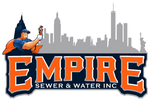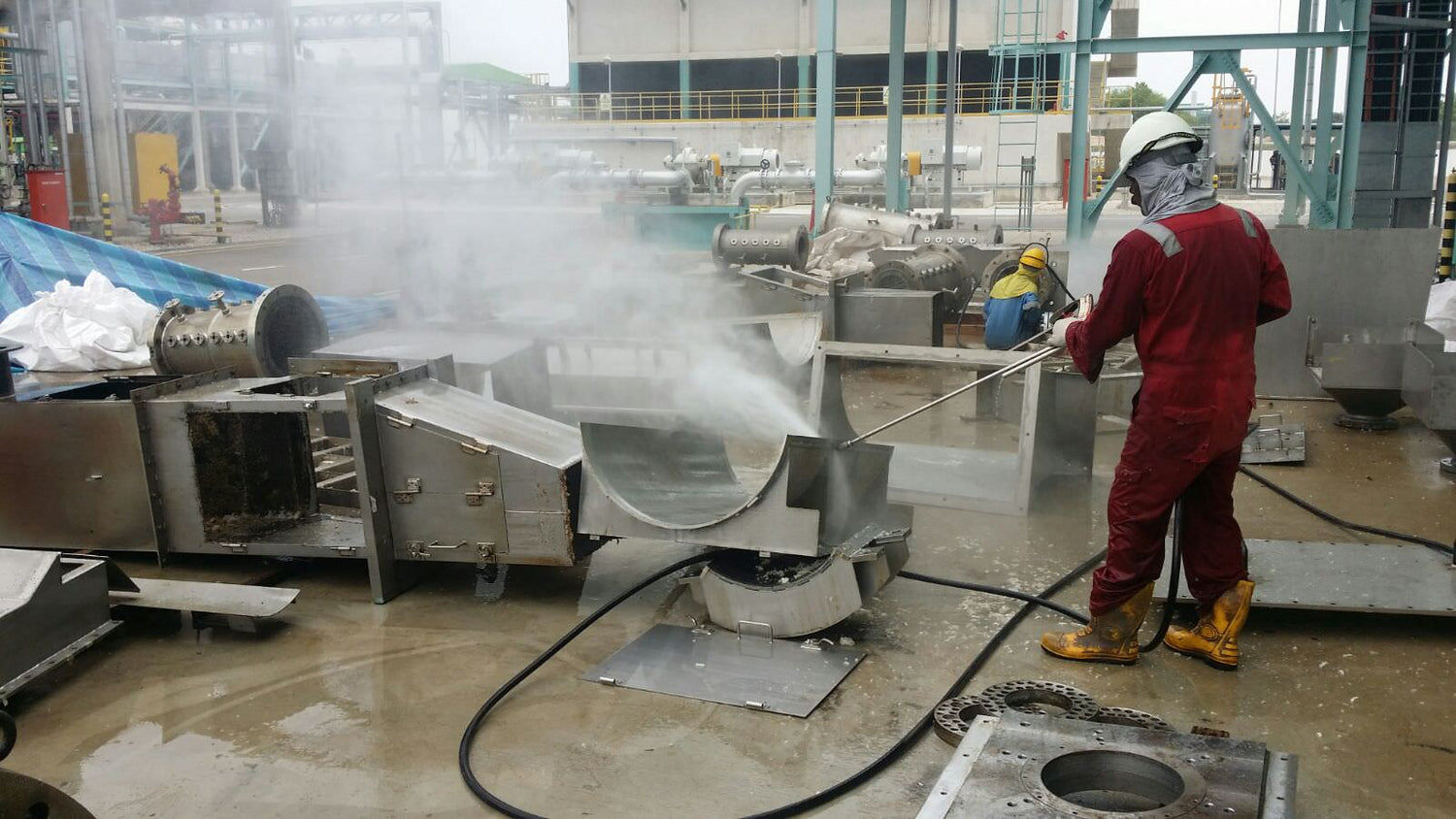WHAT IS HYDROJETTING?

Hydrojet Cleaning Process
1. Inspection and Assessment:
Before starting the hydrojet cleaning process, a professional sewer and drain technician will conduct an initial inspection of the sewer line using specialized cameras or video equipment. This inspection helps identify the location and nature of the blockage or buildup.
2. Safety Precautions:
Technicians will take necessary safety precautions, including wearing protective gear and ensuring that nearby areas are clear of personnel and obstacles.
3. Equipment Setup:
High-pressure water jetting equipment is set up near the access point to the sewer line, typically through an access point known as a cleanout or sewer cleanout.
4. Nozzle Selection:
Different types of nozzles may be used depending on the specific requirements of the cleaning job. There are rotating nozzles for general cleaning and penetrating nozzles for tough blockages.
5. Water Supply:
A high-pressure water source, often provided by a specialized hydrojet machine, supplies water to the system. The water is pressurized to a very high level, typically ranging from 1,500 to 4,000 PSI (pounds per square inch).
6. Water Heating (Optional):
In some cases, the water may be heated before it enters the sewer line. Heated water can help dissolve grease and other stubborn materials more effectively.
7. Jetting Process:
The high-pressure water is fed into the sewer line through a hose connected to the nozzle.
The nozzle is carefully inserted into the sewer line through the cleanout or other access points.
The technician slowly advances the nozzle through the sewer line while simultaneously releasing the high-pressure water. The water is forced through small openings or jets in the nozzle, creating a powerful stream.
8. Water Propagation:
The high-pressure water stream propels itself forward and simultaneously breaks up and dislodges obstructions and debris in its path. The force of the water can remove tree roots, mineral deposits, grease, soap scum, scale, and other blockage-causing materials from the walls of the sewer pipe.
9. Continuous Monitoring:
During the hydrojet cleaning process, the technician continually monitors the progress and adjusts the pressure and nozzle direction as needed.
10. Flushing and Cleanup:
As the hydrojetting progresses, dislodged debris is flushed out of the sewer line and carried away to the municipal sewer system.
After completing the cleaning process, the technician may conduct a final video inspection to ensure that the sewer line is clear and free from obstructions.
11. Post-Service Assessment:
The technician will provide a report to the property owner, detailing the condition of the sewer line after hydrojet cleaning and any recommendations for maintenance or repairs if necessary.
Hydrojet cleaning is an efficient and environmentally friendly method for maintaining and restoring the functionality of sewer lines, making it a preferred choice for many plumbing professionals and property owners.



